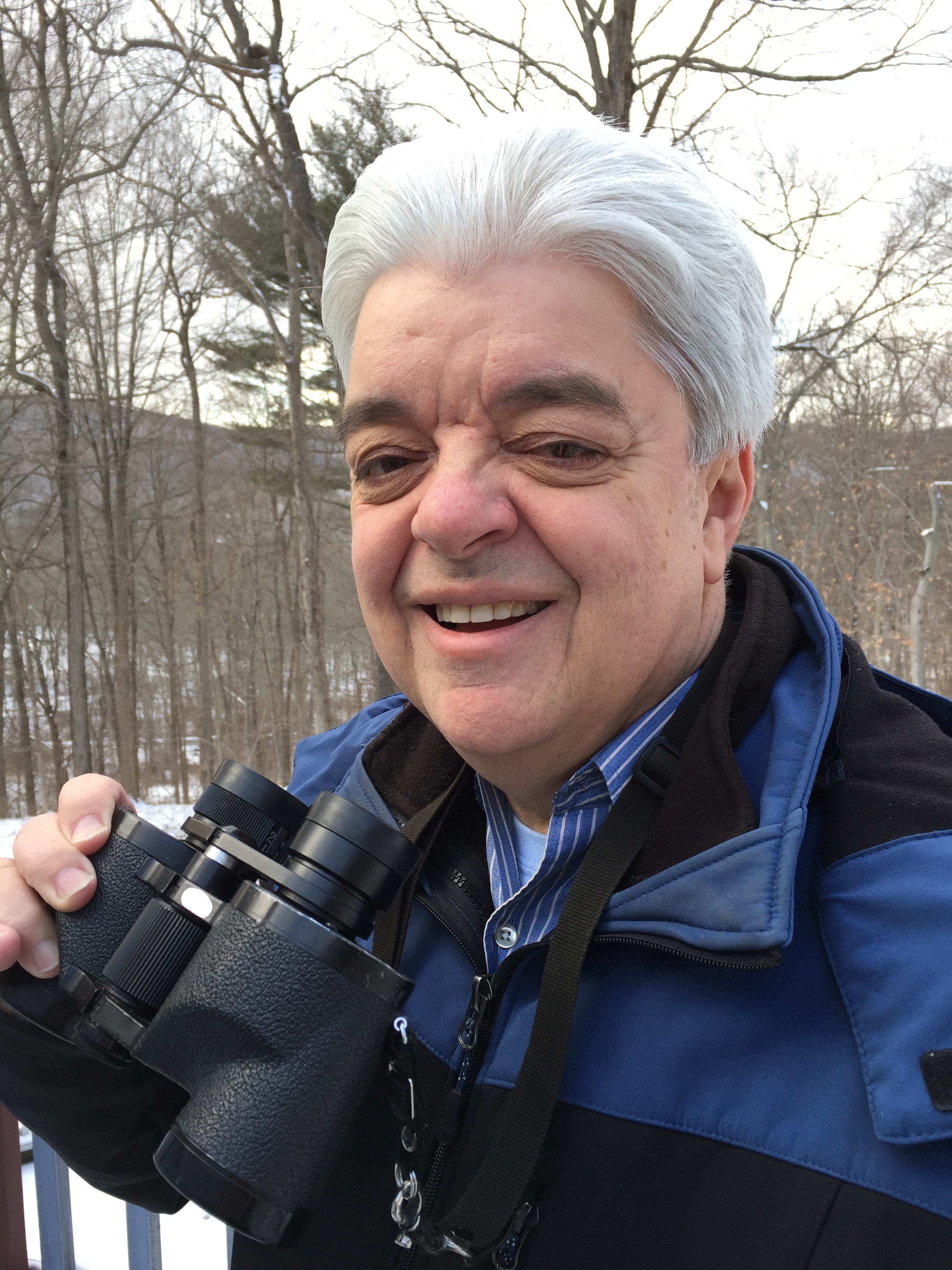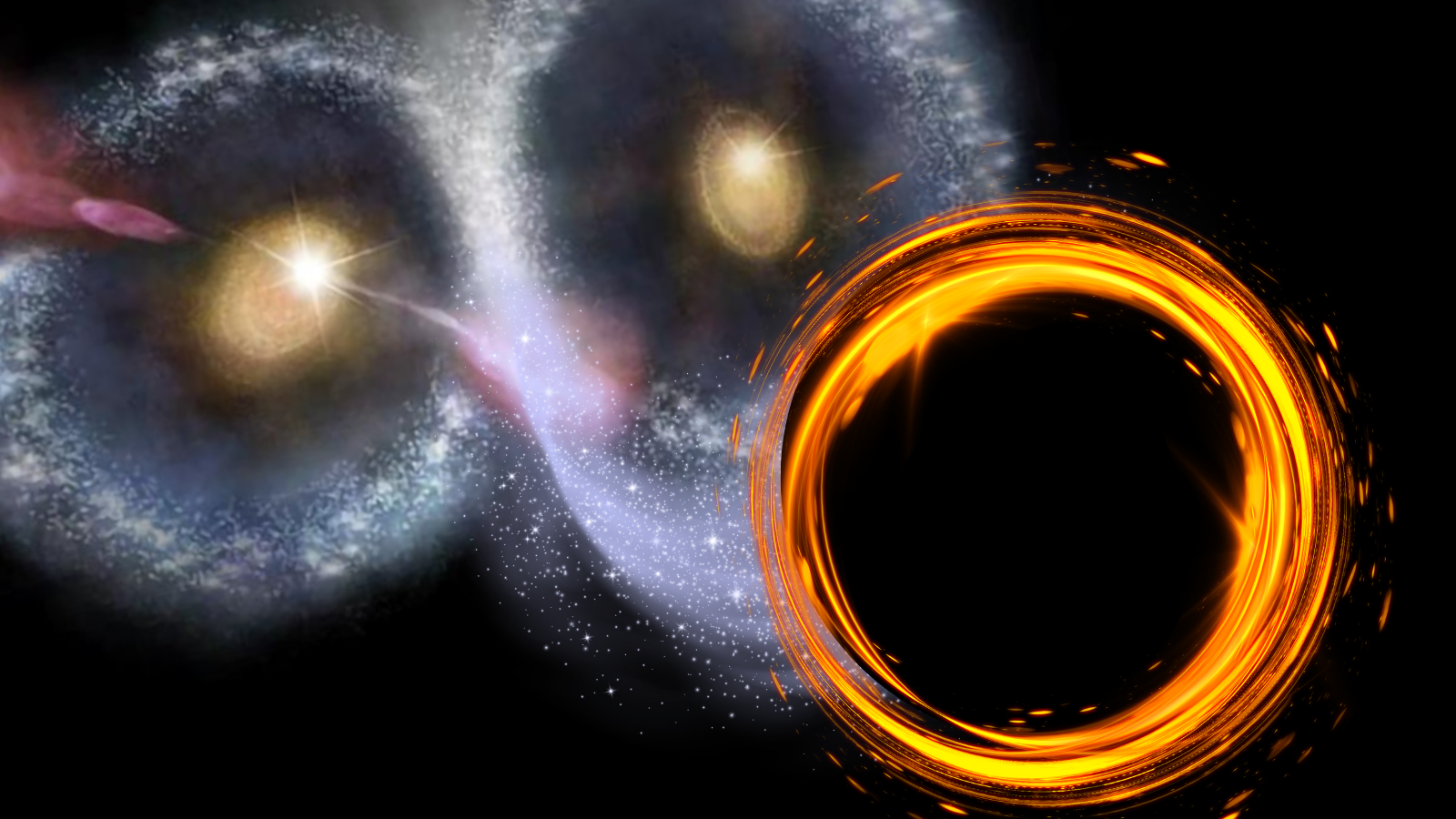Moonlight Madness: The Frustrating Full Phase
This is not going to be a very good week for skygazing,thanks chiefly to the presence of a brilliant moon that will officially turnfull on Saturday, Nov. 24. During the early evening hours, a large swath of thesouthern sky appears almost devoid of any stars, because the moon's lightdrowns out most of the faint autumn stars and constellations.
Even the visibility of CometHolmes, which has put on a stunning show in recent weeks, will be adverselyaffected. The comet, which to the naked eye resembles a dim circular cloudsubtending even larger in apparent size than the moon (and in real terms islarger than the sun's diameter), will nonetheless be blotted out by thebrilliant moonlight for several days.
It's noteven a good time to lookat the moon through binoculars or a telescope.
Toobright
Normally,even with just small optical power we can see a wealth of detail on itssurface. But around the time of full phase, the moon appears comparatively flatand one-dimensional as well as incredibly bright.
But laterin the week, as themoon wanes to a gibbous phase and then to last quarter, those lunarfeatures lying close to the terminator – the variable line between theilluminated portion and the part of the moon in shadow – will appear to standout in sharp, clear relief.
The moonwill arrive at last quarter phase on Saturday, Dec. 1 at 7:44 a.m. EST, whenits disk will be exactly 50 percent illuminated. How does it brightness compareat that moment with when it's full?
Breaking space news, the latest updates on rocket launches, skywatching events and more!
Most wouldbelieve it?s half as bright, but in reality astronomers tell us that the lastquarter moon is only 1/11th as bright as full. This is because the moon is nota smooth sphere, but has a myriad of craters, mountains and valleys which castlong, distinct shadows across the lunar landscape. Interestingly, a firstquarter moon is actually slightly brighter than a last quarter moon, because atfirst quarter the illuminated half of the moon displays less of the darksurface features known as the "maria" (pronounced măr-rēa)popularly referred to as lunar "seas."
Andbelieve or not, it isn?t until just 2.4 days before or after full that the moonactually becomes half as bright as full!
Lunar cycles
Here are some interesting calendrical facts that the famedBelgian astronomical calculator Jean Meeus has compiled concerning the phases of themoon:
All are cyclical, the most noteworthy being the so-calledMetonic Cycle that was independently discovered by the Greek astronomer Meton(born about 460 B.C.). This is a 19 year cycle, after which time the phases ofthe moon are repeated on the same days of the year, or approximately so.
Take, for instance, this weekend's full moon of Nov. 24. Nineteenyears hence, in 2026 there?ll be another full moon on Nov. 24.
Another interesting cycle: after 2 years, the precedinglunar phase occurs on or very nearly the same calendar date. Thus, in 2009, itwill be the First Quarter moon that occurs on Nov. 24. After 8 years, the samelunar phases repeat, but occurring one or two days later in the year. TheGreeks called this 8-year cycle the octaeteris. Indeed, in 2015, a full moonoccurs on Nov. 25.
Finally, in our Gregorian Calendar, 372 years provides anexcellent long period cycle for the recurrence of a particular phase on a givendate. Thus, we know with absolute certainty that the same full moon that shinesdown on us on Nov. 24 of 2007 will also be shining on Nov. 24 in the year 2379.
Mark your calendars!
- Top10 Cool Moon Facts
- SkyCalendar & Moon Phases
- Full Moon Fever:Facts, News, Lore
Joe Rao serves as an instructor and guest lecturer at New York's Hayden Planetarium. He writes about astronomy for The New York Times and otherpublications, and he is also an on-camera meteorologist for News 12 Westchester, New York.

Joe Rao is Space.com's skywatching columnist, as well as a veteran meteorologist and eclipse chaser who also serves as an instructor and guest lecturer at New York's Hayden Planetarium. He writes about astronomy for Natural History magazine, Sky & Telescope and other publications. Joe is an 8-time Emmy-nominated meteorologist who served the Putnam Valley region of New York for over 21 years. You can find him on Twitter and YouTube tracking lunar and solar eclipses, meteor showers and more. To find out Joe's latest project, visit him on Twitter.
